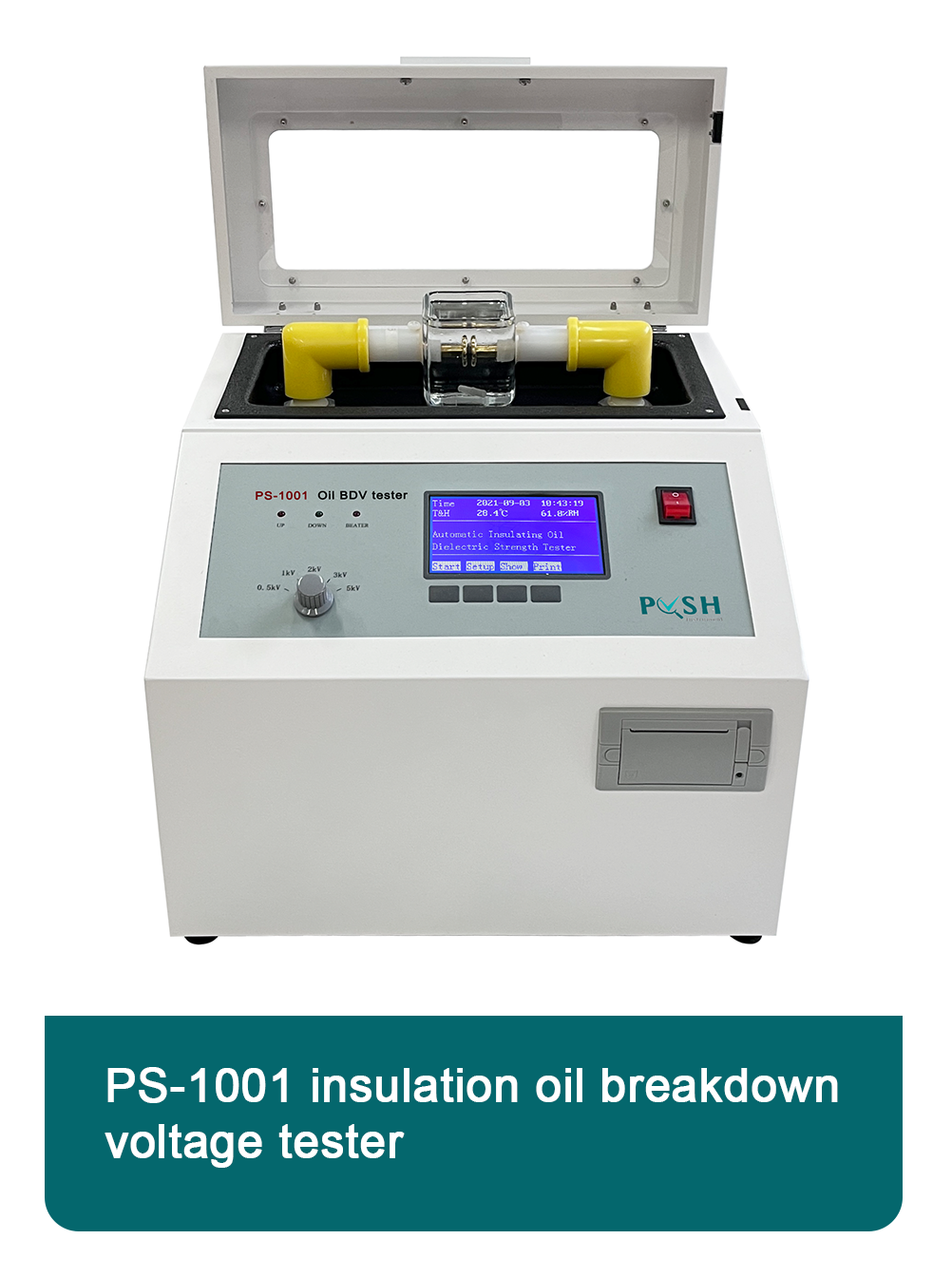 English
English



-
 Afrikaans
Afrikaans -
 Albanian
Albanian -
 Amharic
Amharic -
 Arabic
Arabic -
 Armenian
Armenian -
 Azerbaijani
Azerbaijani -
 Basque
Basque -
 Belarusian
Belarusian -
 Bengali
Bengali -
 Bosnian
Bosnian -
 Bulgarian
Bulgarian -
 Catalan
Catalan -
 Cebuano
Cebuano -
 China
China -
 China (Taiwan)
China (Taiwan) -
 Corsican
Corsican -
 Croatian
Croatian -
 Czech
Czech -
 Danish
Danish -
 Dutch
Dutch -
 English
English -
 Esperanto
Esperanto -
 Estonian
Estonian -
 Finnish
Finnish -
 French
French -
 Frisian
Frisian -
 Galician
Galician -
 Georgian
Georgian -
 German
German -
 Greek
Greek -
 Gujarati
Gujarati -
 Haitian Creole
Haitian Creole -
 hausa
hausa -
 hawaiian
hawaiian -
 Hebrew
Hebrew -
 Hindi
Hindi -
 Miao
Miao -
 Hungarian
Hungarian -
 Icelandic
Icelandic -
 igbo
igbo -
 Indonesian
Indonesian -
 irish
irish -
 Italian
Italian -
 Japanese
Japanese -
 Javanese
Javanese -
 Kannada
Kannada -
 kazakh
kazakh -
 Khmer
Khmer -
 Rwandese
Rwandese -
 Korean
Korean -
 Kurdish
Kurdish -
 Kyrgyz
Kyrgyz -
 Lao
Lao -
 Latin
Latin -
 Latvian
Latvian -
 Lithuanian
Lithuanian -
 Luxembourgish
Luxembourgish -
 Macedonian
Macedonian -
 Malgashi
Malgashi -
 Malay
Malay -
 Malayalam
Malayalam -
 Maltese
Maltese -
 Maori
Maori -
 Marathi
Marathi -
 Mongolian
Mongolian -
 Myanmar
Myanmar -
 Nepali
Nepali -
 Norwegian
Norwegian -
 Norwegian
Norwegian -
 Occitan
Occitan -
 Pashto
Pashto -
 Persian
Persian -
 Polish
Polish -
 Portuguese
Portuguese -
 Punjabi
Punjabi -
 Romanian
Romanian -
 Russian
Russian -
 Samoan
Samoan -
 Scottish Gaelic
Scottish Gaelic -
 Serbian
Serbian -
 Sesotho
Sesotho -
 Shona
Shona -
 Sindhi
Sindhi -
 Sinhala
Sinhala -
 Slovak
Slovak -
 Slovenian
Slovenian -
 Somali
Somali -
 Spanish
Spanish -
 Sundanese
Sundanese -
 Swahili
Swahili -
 Swedish
Swedish -
 Tagalog
Tagalog -
 Tajik
Tajik -
 Tamil
Tamil -
 Tatar
Tatar -
 Telugu
Telugu -
 Thai
Thai -
 Turkish
Turkish -
 Turkmen
Turkmen -
 Ukrainian
Ukrainian -
 Urdu
Urdu -
 Uighur
Uighur -
 Uzbek
Uzbek -
 Vietnamese
Vietnamese -
 Welsh
Welsh -
 Bantu
Bantu -
 Yiddish
Yiddish -
 Yoruba
Yoruba -
 Zulu
Zulu
gc mass spectrometer price
Understanding the Cost of GC Mass Spectrometers
Gas Chromatography-Mass Spectrometry (GC-MS) is a powerful analytical technique widely used in laboratories for the separation and analysis of complex mixtures. It combines the features of gas chromatography and mass spectrometry to identify substances within a test sample. As the demand for precise and rapid analysis continues to grow in various industries, it becomes essential to understand the factors influencing the price of GC-MS systems.
Understanding the Cost of GC Mass Spectrometers
One of the key drivers of price is the technology used in the system. Many manufacturers invest in developing advanced technologies that improve the performance and reliability of GC-MS systems. For instance, system sensitivity and resolution are crucial in detecting trace amounts of compounds in complex samples. Advanced mass spectrometric methods, such as tandem mass spectrometry (MS/MS) or high-resolution mass spectrometry (HRMS), can significantly enhance a system's capabilities but also contribute to a higher cost.
gc mass spectrometer price

Another influencing factor is the level of support and service provided by the manufacturer. Comprehensive maintenance plans, customer training, and technical support can add to the overall cost but are often essential for ensuring optimal performance and longevity of the equipment. Institutions must weigh the benefits of having robust support against the initial expenditure when considering their options.
Additionally, the market demand and geographic location also impact pricing. In regions where there is a high demand for analytical services, prices may be elevated compared to areas with less competition. Furthermore, the variability in import tariffs and taxes can affect the overall price in different countries.
Investing in a GC-MS system is a significant financial commitment for any laboratory. Hence, organizations should conduct thorough research, comparing different models and features while considering their specific analytical needs. Investing in a reliable GC-MS system can greatly enhance laboratory capabilities, streamline workflows, and lead to more accurate analytical results.
In conclusion, while the prices for GC-MS systems can be high, the return on investment in terms of efficiency, accuracy, and capability makes them a valuable asset for any laboratory involved in complex chemical analysis. As the technology continues to evolve and improve, it is likely that the market will see both advancements in capabilities and variations in pricing, which labs need to track accordingly for optimal decision-making.
-
Testing Equipment Industry Sees Major Advancements in 2025: Smart & Precision Technologies Lead the WayNewsJun.06,2025
-
Applications of Direct Current Generators in Renewable Energy SystemsNewsJun.05,2025
-
Hipot Tester Calibration and Accuracy GuidelinesNewsJun.05,2025
-
Digital Circuit Breaker Analyzer Features and BenefitsNewsJun.05,2025
-
Benefits of Real-Time Power Quality Monitoring Devices for Industrial EfficiencyNewsJun.05,2025
-
Earth Fault Loop Testing in High-Rise Building Electrical SystemsNewsJun.05,2025



